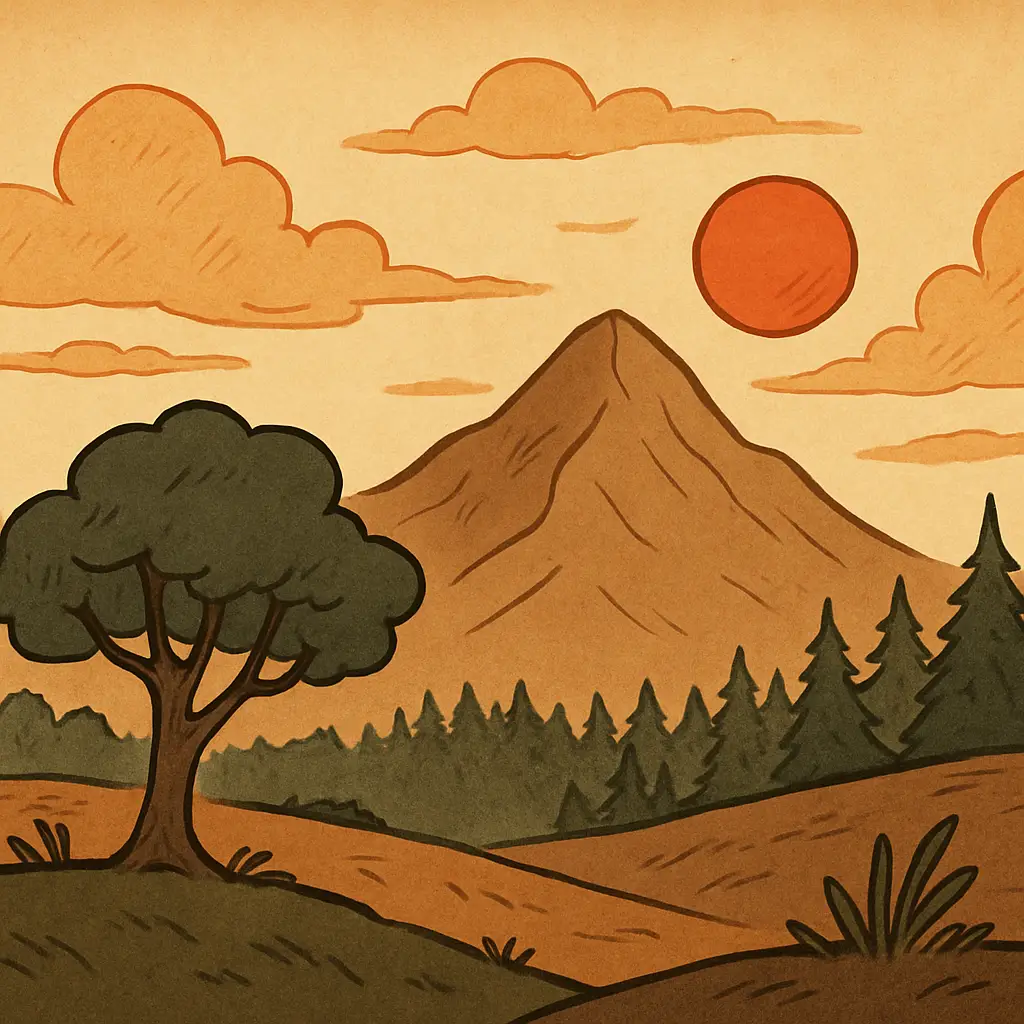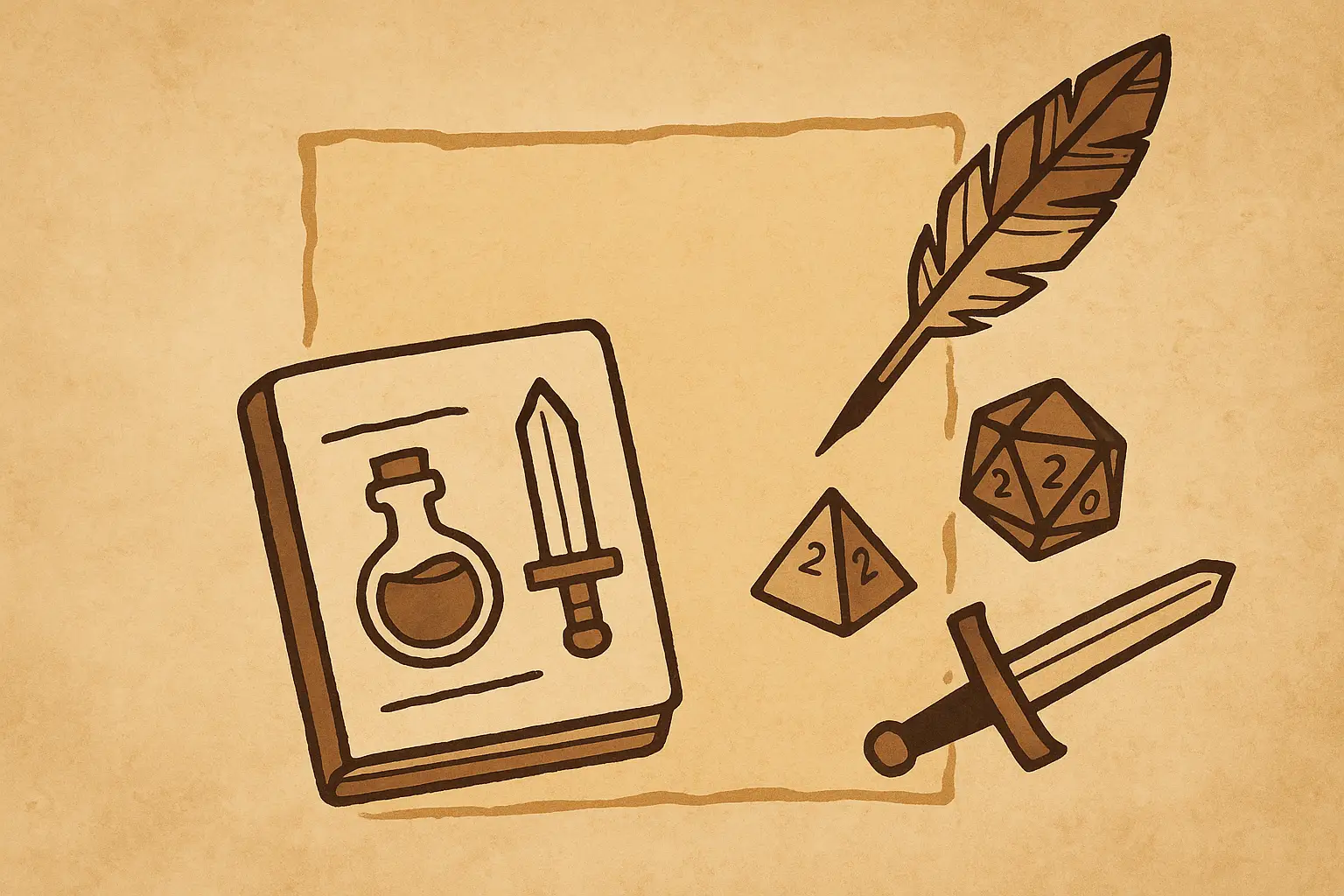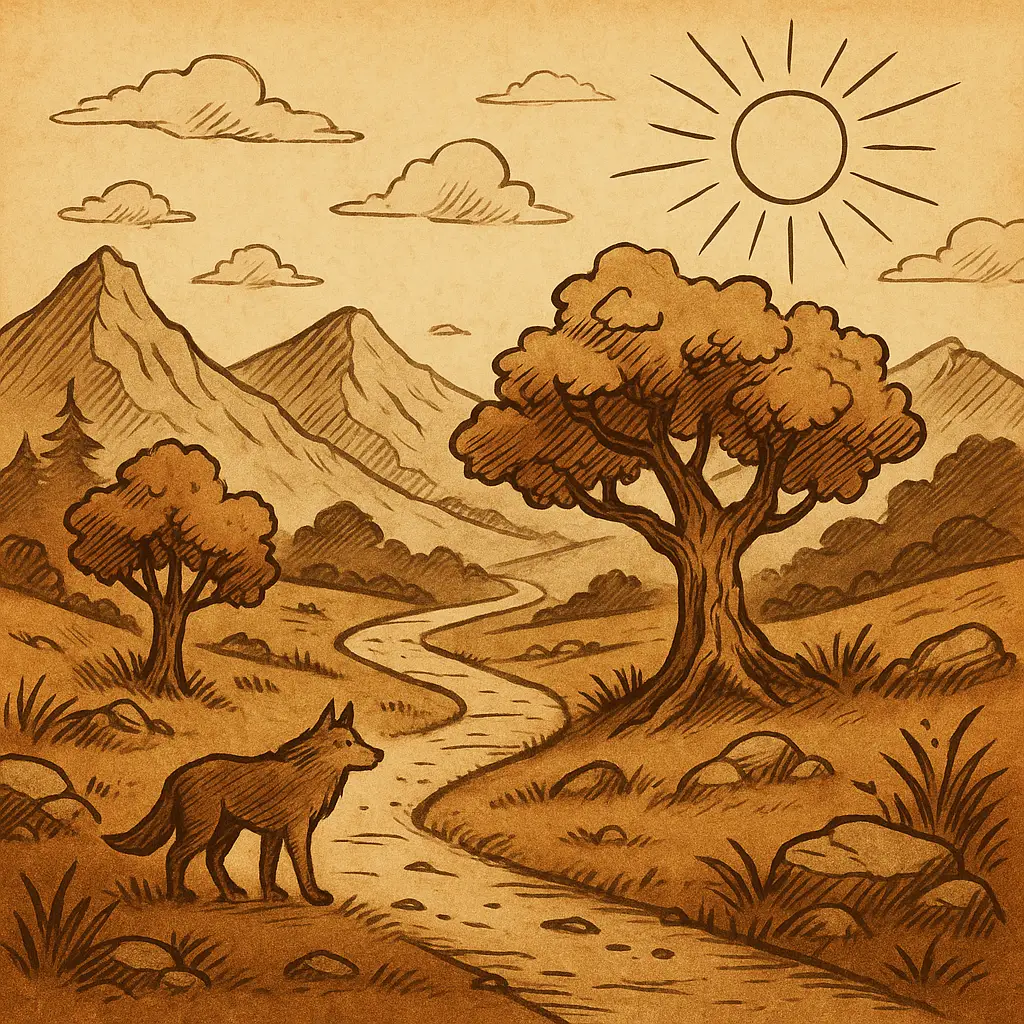step-by-step guide to building vibrant, playable worlds for any tabletop campaign
Whether you’re preparing your first homebrew map or fleshing out your tenth continent, world-building is one of the most rewarding—and occasionally overwhelming—parts of running a tabletop RPG.
It’s where maps meet myth, where politics and geography shape gameplay, and where your players realize they’re in a world that breathes, not just one that waits for their next action.
But how do you create a setting that feels alive, believable, and fun to play in—without writing a ten-volume lore bible no one reads?
Welcome to World-Building 101, where we break down the art of immersive campaign design into actionable, story-first steps that work for any genre or system.
Let’s build something unforgettable.
🧠 Step 1: Start with What the Players Will Touch
A common trap is starting with the cosmos and working down.
You build a pantheon. Then a calendar. Then tectonic plates.
Suddenly, it’s session zero and your players are asking what the local inn serves, and you’re telling them about the ancient sea that evaporated 3,000 years ago.
Here’s a better approach:
Start small. Build out.
Focus on:
- The starting region or town
- The political powers that shape life there
- A few local legends or mysteries
- The daily life players will encounter
Ask:
- Who’s in charge?
- What’s in short supply?
- What do people celebrate? Fear? Hope for?
Your players need a world that responds, not just a backdrop.
🗺 Step 2: Anchor Your Map to the Story
Your world’s geography should support its themes and challenges.
If you’re telling a story about isolation, make travel dangerous.
If you’re building a mystery campaign, create layers of terrain—foggy woods, buried ruins, cities with forgotten tunnels.
Sketch out:
- 1 starting town or city
- 2–3 nearby points of interest (dungeon, ruins, rival town, sacred site)
- 1 distant place players will hear about, but not reach for a while
Keep it modular. Add detail only when the players get closer.
Bonus tip: Name locations based on local context, not just aesthetics. “Old Candle Hollow” says more than “Duskvale.”
🏛 Step 3: Design Culture Through Contrast
You don’t need a full anthropology degree—but you do need your cultures to feel distinct.
Create 2–3 cultural regions, groups, or kingdoms. For each, answer:
- What’s their core value? (Tradition? Innovation? Honor? Profit?)
- What’s their weirdest norm?
- What do they want?
- What do they fear?
Make sure your cultures differ in:
- Clothing
- Naming conventions
- Beliefs
- Magic use
- Attitude toward outsiders
This creates drama and discovery when players move between regions.
Let players notice these differences through food, architecture, and attitude before you ever hand them an infodump.
⚖️ Step 4: Create Systems of Power
Immersive worlds have rules—not just magical ones, but social ones.
Who decides what’s right and wrong?
Design 1–2 major factions or institutions, such as:
- A theocratic order controlling access to divine magic
- A merchant guild with more power than the local lord
- A scholarly consortium hoarding magical knowledge
Ask:
- How do they interact?
- Who hates who?
- Who needs who?
Let players get caught between powers—and let those powers want things from them.
Pro tip: Don’t name your faction the “Council of the Flame” unless they’ve earned that kind of drama. Keep early faction names grounded: “The Lantern Keepers” or “The Trade Bench” says more.
🔮 Step 5: Decide How Magic Works
Even if your game has predefined magic rules, you control how society reacts to it.
Ask:
- Is magic rare or common?
- Feared or revered?
- Tied to bloodlines, contracts, or education?
Then, link it to your setting:
- Does magic fuel the economy?
- Are magical beasts farmed or hunted?
- Is magical healing taxed? Outlawed? Mandatory?
This adds tension and tone to every spell cast.
Let the party wizard feel the difference between a town that bows to them… and one that wants them burned at the stake.
📖 Step 6: Sprinkle Legends, Not Lore Dumps
Players don’t need your full mythology. They need rumors, relics, and ruins.
Use:
- Tavern tales
- Carved murals
- Half-true stories from NPCs
- Broken monuments
Give just enough detail to suggest a deeper world. Let players fill in the gaps, or even misinterpret history.
This makes your world feel bigger than the players—but shaped by them.
🧩 Step 7: Design Around Player Backstories
Once your players create their characters, tie your world to their pasts.
If a player’s a runaway noble, create the city they fled from.
If they’re a druid exiled from a grove, decide why that grove matters to your world.
Weave their backstories into:
- Local tensions
- Prophecies
- Political alliances
- Magic laws
This instantly makes the world feel personal—and raises the stakes of every decision.
🎲 Step 8: Add Randomness to the World
Real worlds aren’t static. Add a few systems that change without the players’ input:
- A political scandal brewing in a nearby nation
- A comet that changes how magic works for a month
- An ancient evil gaining strength as cities fall
Create 2–3 timeline-based events that will happen unless the players interfere. Let the world move forward with or without them.
It adds urgency, realism, and narrative tension.
🗃 Step 9: Keep World Notes Brief and Modular
Don’t write a novel. Write game-ready prompts.
Your world notes should include:
- Faction cheat sheets (name, goals, resources, enemies)
- Location summaries (3-5 bullet points max)
- NPCs with tags (name, role, one quirk, one secret)
- Calendars or clocks for world events
- Tables for rumors, conflicts, and weird magical events
Think of your world as a menu of story ingredients, not a finished meal.
🧠 Final Thoughts: Immersion Comes from Interaction
A great world isn’t one the players read about. It’s one they can:
- Explore
- Change
- Fear
- Love
- Ruin
Your job isn’t to hand them a complete world.
Your job is to create one that responds to their choices, one layer at a time.
So build what they can see. Invent what they touch. Hide what they might find.
And most of all?
Let them leave a mark.




Thank you, I’ve justt been searching forr information approximately this
subject for a long time andd yours is the greatest I’ve discovered till now.
But, what about tthe conclusion? Are you certain in regards to the supply?